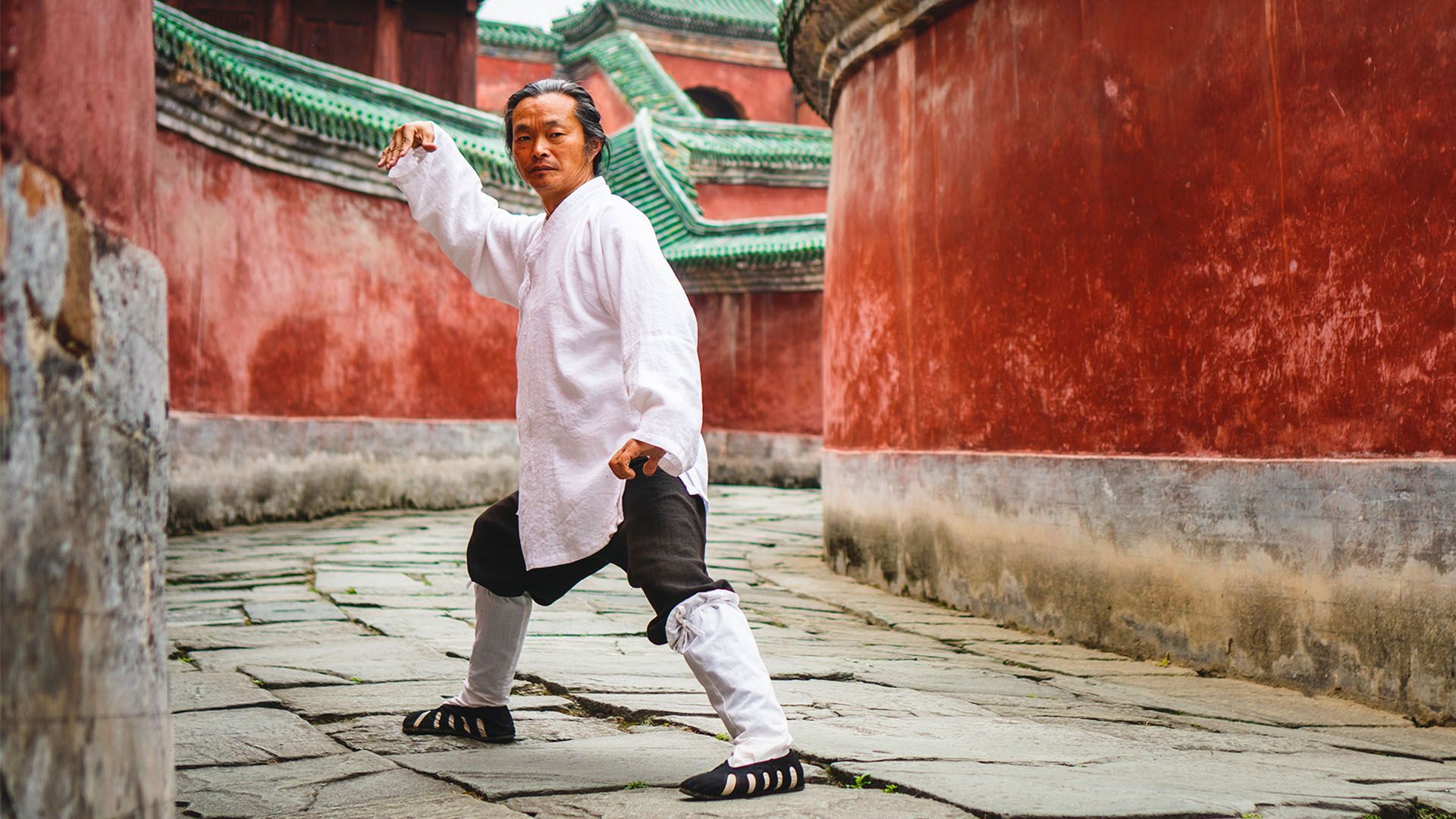Muay Thai vs Kickboxing: Key Differences Between Them
May 25, 2024
Deciding between Muay Thai and kickboxing can be challenging. Both martial arts offer unique benefits and training methods, but key differences exist. Muay Thai, often called "the art of eight limbs," utilizes elbows, knees, punches, and kicks. In contrast, kickboxing focuses on punches and kicks, with variations like American kickboxing and Dutch kickboxing. It's important to understand these differences before choosing one to pursue. The distinctions help in selecting the right martial art for individual goals. This article provides a comprehensive guide to the key differences between Muay Thai vs kickboxing.
Muay Thai's Background
Muay Thai, often called Thai boxing, is a traditional martial art from Thailand. This combat sport emphasizes the use of eight limbs: punches, kicks, elbows, and knee strikes. Originating centuries ago, it developed from ancient battlefield tactics used by Thai warriors. Over time, Muay Thai evolved into a popular sport and form of self-defense.
Muay Thai fighters train rigorously, focusing on stand-up techniques, clinch work, and powerful strikes. This martial art has gained global recognition, attracting practitioners and fans worldwide for its effectiveness and intensity.
Kickboxing's Evolution
Kickboxing, a modern martial art, blends elements from karate and traditional boxing. This combat sport emerged in the 1960s and 1970s, primarily in Japan and the United States. Kickboxers utilize punches, kicks, and knee strikes, combining techniques from various disciplines. Unlike Muay Thai, elbow strikes and clinch work are generally not permitted.
Kickboxing has become a popular sport globally, with different styles and competitive formats. It emphasizes stand-up fighting and footwork, attracting both recreational practitioners and professional athletes. This martial art continues to evolve, influencing and being influenced by other combat sports.
Muay Thai and Kickboxing Techniques
Muay Thai, known as the "art of eight limbs," utilizes punches, kicks, elbows, and knees. Fighters are taught various clinching techniques, allowing them to control opponents closely. Pad work and shadowboxing are essential in Muay Thai training, developing powerful strikes and precise movements.
Kickboxing, especially American kickboxing, focuses primarily on punches and kicks. Unlike Muay Thai, elbow and knee strikes are typically not allowed. Kickboxers often train with boxing gloves and engage in full-contact sparring to enhance their skills. Elements of karate are integrated into kickboxing techniques, emphasizing speed and agility.
Both martial arts demand rigorous training to master the required footwork, balance, and striking accuracy.
Muay Thai vs Kickboxing: 5 Key Differences
1. Striking Systems:
Muay Thai, known as the "art of eight limbs," utilizes punches, kicks, elbows, and knee strikes, forming an 8-point striking system. In contrast, kickboxing employs a 4-point striking system, focusing on punches and kicks.
2. Clinching Techniques:
Muay Thai fighters are taught various clinching techniques, allowing them to control opponents, deliver knee strikes, and execute throws. Kickboxing, especially American kickboxing, restricts clinching, emphasizing stand-up striking and maintaining distance.
3. Elbow and Knee Strikes:
The use of elbows and knees is a fundamental part of Muay Thai techniques, adding to its reputation for powerful strikes. Kickboxing, including Dutch kickboxing, often omits elbow strikes and limits knee strikes, resulting in different combat dynamics.
4. Training Focus:
Muay Thai training includes pad work, shadowboxing, clinch work, and low kicks, developing both upper body and lower shin strength. Kickboxing training, on the other hand, places a significant emphasis on speed and agility, with a variety of techniques derived from karate and boxing.
5. Competitive Rules:
Muay Thai competitions allow fighters to use a full-contact approach with clinching and striking allowed. Kickboxing, in its various forms such as K-1 and American kickboxing, often has more restrictive rules, focusing on stand-up striking without clinching, which affects the fighting strategies.
Popularity and Global Reach
Muay Thai and kickboxing have gained immense popularity and global reach. Muay Thai, known as "the art of eight limbs," emphasizes the use of elbows, knees, punches, and kicks, making it a versatile martial art. Kickboxing, often compared to Muay Thai, also features punches and kicks but differs in technique and training. Both sports attract numerous practitioners worldwide due to their effectiveness in self-defense and fitness. Fighters are taught powerful strikes and footwork, enhancing speed and agility. These martial arts offer unique advantages, contributing to their status as popular martial arts in the world.
Conclusion
Choosing between Muay Thai vs kickboxing depends on personal preferences and goals. Both martial arts offer unique advantages, whether it's the powerful strikes of Muay Thai or the agility of kickboxing. Understanding these key differences can help in making an informed decision. Have you decided which martial art suits you best?







